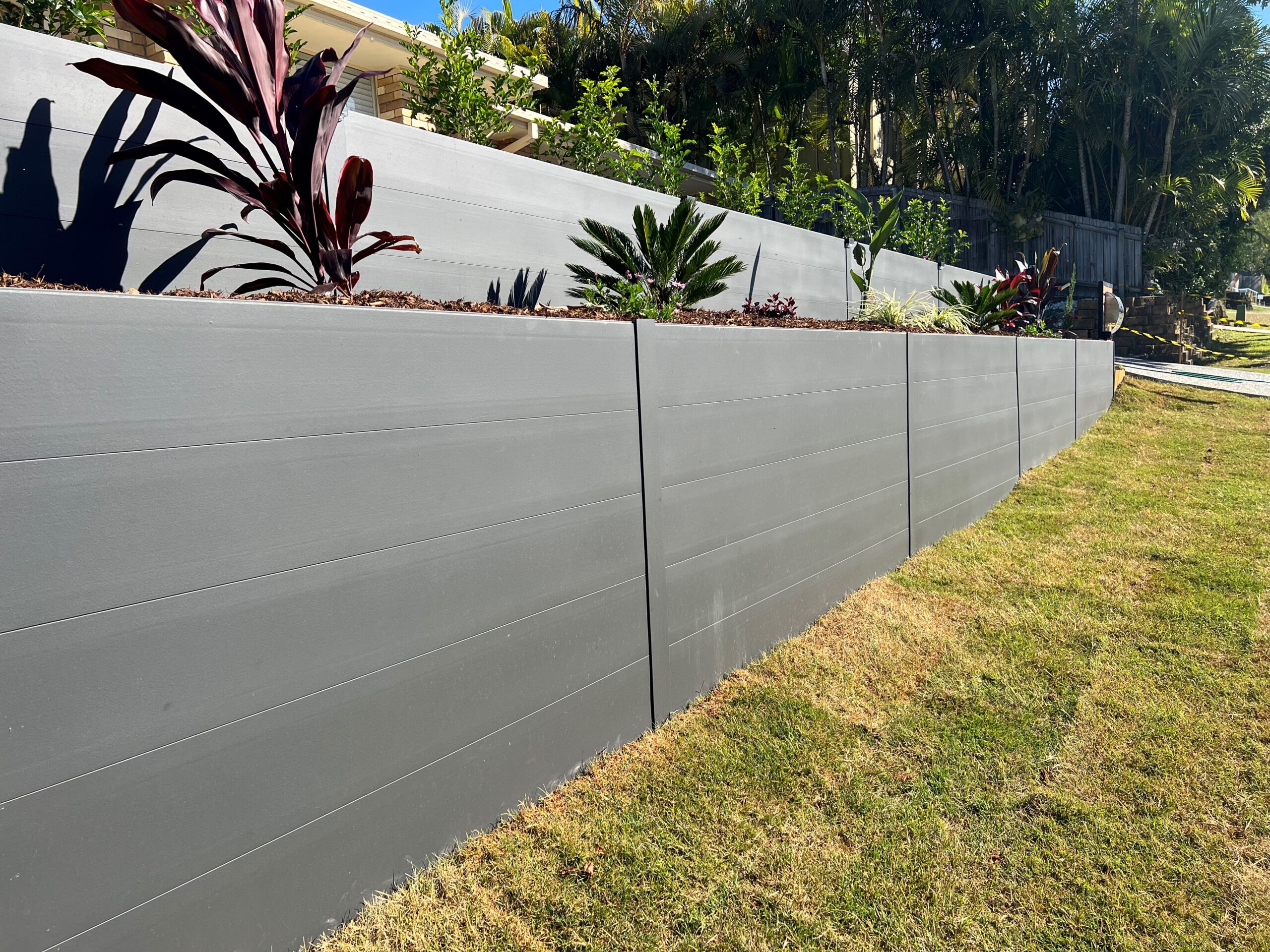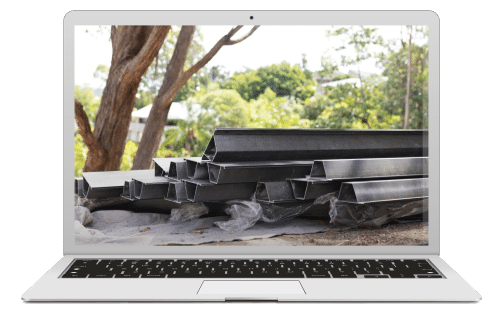| SuperSleepers Guide: Composite Retaining Walls 101 |
You might have to reinforce soil or level out an area on a sloping site. Potentially you need additional support when building terraces for infrastructure or to prevent the erosion of a structural backfill. If so, you need a Composite Retaining Wall. What is a Composite Retaining Wall? Where are they from? What are the different types? What are their benefits and how are they installed? We have the answers!
Where are they from?
Composite Retaining Walls started out because of the need to make land liveable and prepare it for the building of structures. These walls have been around for as long as humans have needed to tame nature. It is believed that they started out as early as 3150 BC when Ancient Egyptian civilisations began attempting to subdue the Nile River. They have since been developed into the Composite Retaining Walls you see today.
What are they, actually?
Ultimately, a Composite Retaining Wall holds or ‘retains’ soil or other materials behind it. SuperSleeper offers a modern, advanced alternative to other retention methods with its Composite Retaining Walls that boast being stronger and more durable than anything on the market. The Chartered Engineers who developed them had a modern and seamless aesthetic in mind to instantly enhance any garden structure.
What are the different types?
If you are looking for rectangular mesh boxes filled with rocks and other appropriate materials you want a Gabion Retaining Wall. Do you potentially have a Gravity Wall in mind? That means you’re looking for a wall that supports itself with its own weight. These walls are heavy enough to resist lateral earth pressure. Some of your other options include a Piling Wall, the most basic of Composite Retaining Walls, known for taking up minimal space. They are ideal for those tight spots where there is not much room for construction. Similarly, Anchored Retaining Walls are supported by embedded structures in the ground.
What are some of the benefits?
Not only are Composite Retaining Walls long-lasting, they are also low-maintenance. We understand that you want the peace of mind that goes with knowing there is no ongoing effort required. Unlike other walls, they resist erosion and weathering. They are easy to install because they are light-weight and don’t rot, warp or splinter. Composite Retaining Walls are the perfect option if you are looking for something that will last. We have designed our walls to suit all tastes, and so, they are available in different designs and with different textures so you get exactly what you envisioned for your Composite Retaining Wall.
How are they installed?
When refreshing your garden with a Composite Retaining Wall, preparation is key. You need to plan where you want the installation to take place, the length and height of the wall as well as consider depth and drainage. If you are serious about installing your own, we have a comprehensive guide on our website here. Download your installation guide and get started.
How do I maintain my Composite Retaining Wall?
The maintenance process depends on the specifics of the Composite Retaining Wall you have chosen to install. We have a few tips to share, though. Firstly you want to inspect your wall routinely, this includes re-securing loose blocks. Be sure to clear debris and vegetation and watch for erosion. Another important factor that could negatively affect your Composite Retaining Wall is the drainage gravel that needs to be replenished on occasion.
How do I get one?
If you need a retaining wall system that uses advanced installation techniques and utilises superior materials, we can help! Find that perfect blend of style and functionality in your outdoor space and say hello to seamless elegance. Contact us for any queries or to start your SuperSleeper journey. And don’t worry! They can handle the Australian sun.




